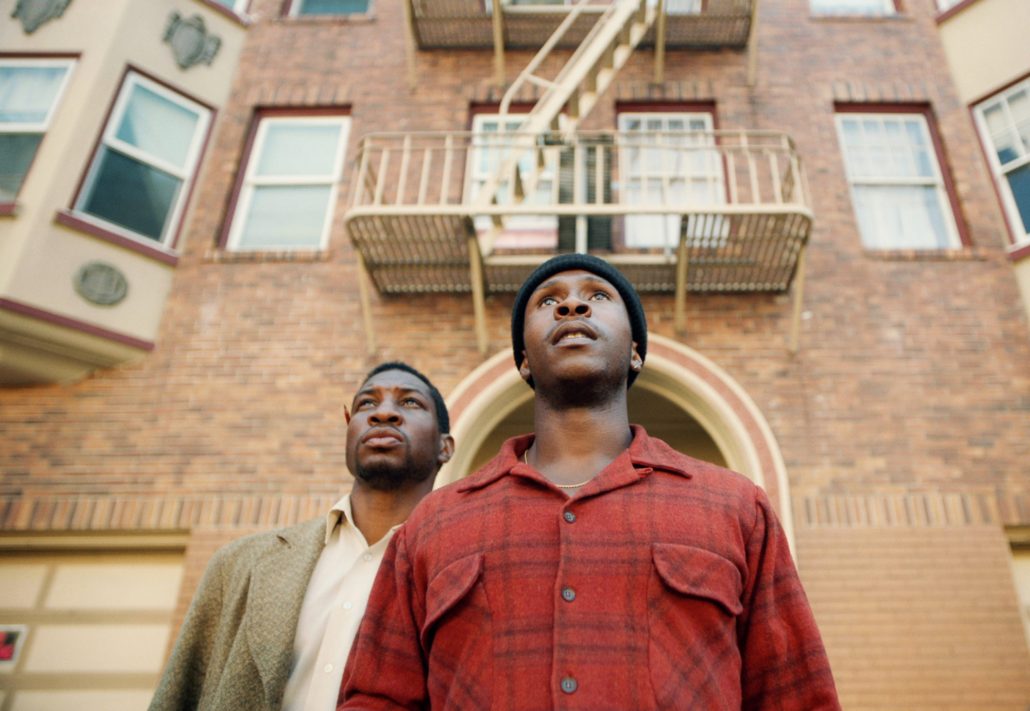‘Last Black Man’ tackles social tensions in Bay Area

In the first few minutes of Joe Talbot’s 2019 film “The Last Black Man in San Francisco,” best friends Jimmie and Mont are doubled up precariously on a skateboard, cruising alongside the water toward the Fillmore district. Small waves from the bay lap up onto the rocks under a crystal blue sky, clear enough to see the Golden Gate Bridge and even beyond. It is one of those moments that proclaims how San Francisco is just as much as a state of mind as New York.
“The Last Black Man in San Francisco” is a timely film about loss and fear of erasure in the Bay Area, a location that has seen the influx of tech giants steadily correlate with the rise of tent cities in San Francisco. Industrialization is an overwhelming reality taking over the Bay Area; a recent study from Wealth-X found that one out of every 11,600 people in San Francisco is a billionaire.
“The Last Black Man” — which won both Special Jury and Directing awards at this year’s Sundance Film Festival — weaves the complex feelings of displacement together in a story about a young black man trying to find his place in his home city that has shut him out. After spending most of his life on his own, Jimmie Fails (playing himself) moved in with his gentle best friend Mont (Jonathan Majors) who dreams of being a playwright and Mont’s sweet, going-blind grandfather (Danny Glover) in a cramped house in Bayview-Hunters Point.
The friends travel by Jimmie’s skateboard and the city bus into the Fillmore District, making daily trips to a San Franciscan-styled Victorian home. It is the house that his grandfather built where Jimmie and his extended family lived during Jimmie’s childhood, the place that, according to family lore, his grandfather built with his bare hands. When the story opens, the house is owned by an older white couple, but Jimmie frequents the property with tools and paintbrushes, upkeeping the garden and trim as if he is the caretaker. Eventually (and much to Jimmie’s joy) it becomes empty when the owners get sucked into a family conflict.
Jimmie’s dream of living in the house becomes a reality when he and Mont sneak into the empty property and make it their own. The cinematography is particularly striking here: soft silhouettes of the friends in the intricate wooden hallways, backlit from the bright light of the outdoors, keeping them safe from the city where inequality is too harsh to face.
“The Last Black Man” is based on the real Jimmie’s experiences and was made possible by funding from Kickstarter. As he and Talbot became close, they started playing with the idea of a screenplay that made poignant commentaries on race, class and the housing crisis in San Francisco.
“It’s really our friendship that kind of made this movie happen,” Talbot told Deadline in a recent article. “The movie came out of us just walking around the city as friends. It’s such a great walking city, so that became sort of a ritual for us.”
Jimmie and Mont’s friendship is the beacon of hope in the film’s haunting narrative and a striking commentary on the hypermasculinity of black men. The intimacy between the two is hauntingly beautiful.
“The Last Black Man in San Francisco” offers no solutions to gentrification, but raises the questions around displacement. When you leave somewhere that you deem special, how are you remembered? Perhaps more importantly, how do you find a home in a city that pushes you out?

